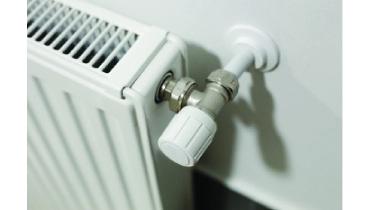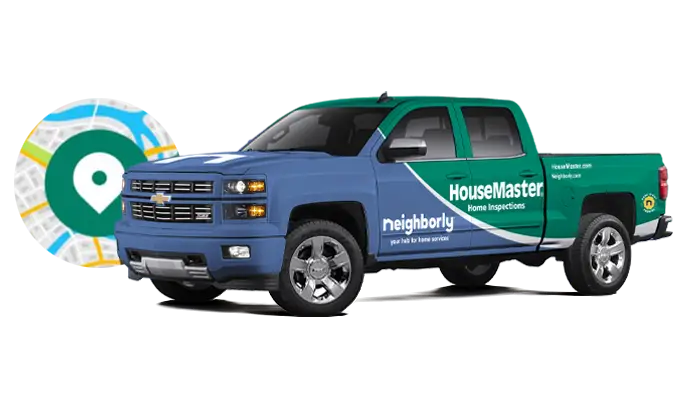
It's Carbon Monoxide Month – Here’s What You Need to Know
When the temperature drops in Alberta most homes rely on their furnaces and wood burning appliances to provide their home with warmth and comfort. We also know that to keep the heat in we should keep windows and doors closed. What you may not know is that’s not all you may be keeping inside your home. Carbon monoxide or "CO" is called the “Silent Killer”, and for good reason; not only is it odorless and colorless, it is also completely invisible.
Where does Carbon Monoxide come from, how is it produced?
This poisonous gas is produced as a by-product of combustion when common fuel-burning appliances and equipment that use natural gas, oil, wood, propane, and kerosene, don’t get enough air to burn up completely. When this happens, CO can build up, especially in a confined room or space – and this can lead to toxic effects on humans and pets.
Many of your common household appliances can give off carbon monoxide including your furnace, hot water tank, gas and wood-burning fireplaces and stoves, gas range, gas-powered clothes dryer, garage heaters, and car exhaust; there are many others not mentioned here.
What are the signs/symptoms of CO Poisoning?
Symptoms can include a headache, weakness, dizziness, nausea/vomiting, shortness of breath, confusion, blurred vision, and in severe cases even loss of consciousness. If you believe you or your family have inhaled the poison, immediately move those affected to fresh air and call 911 right away. Many individuals that are exposed to CO completely recover, but not everyone. It's very important to seek medical treatment for those who have exhibited symptoms.
What can I do to protect my family?
- Service your gas-burning appliances as per the manufacturer’s recommendations, at least once a year and before the heating season begins.
- Install CO detectors on each level of your home and in any room, that has gas-burning appliances.
- Know the symptoms and talk about the signs with your family so everyone knows what to do in this type of emergency.
It's important to take these safety precautions to make sure that you keep carbon monoxide out of your home. Carbon monoxide monitors, used in conjunction with this above information, can help you keep you and your family safe from carbon monoxide poisoning.
Remember, these tips are only general guidelines. Since each situation is different, contact a professional if you have questions about a specific issue. More home safety and maintenance information is available online at housemaster.com.
Amanda Gendron
HouseMaster ~ Edmonton & Area
